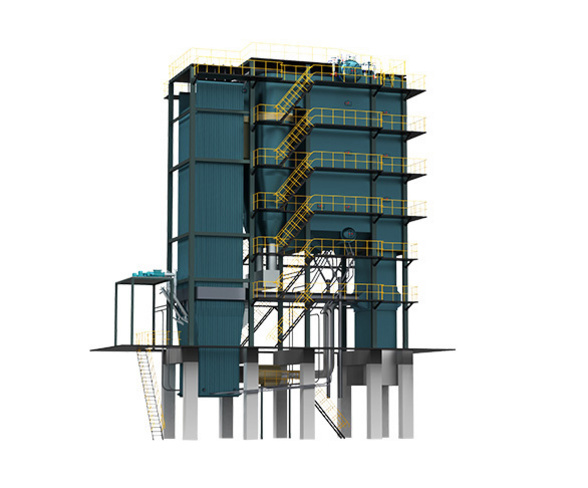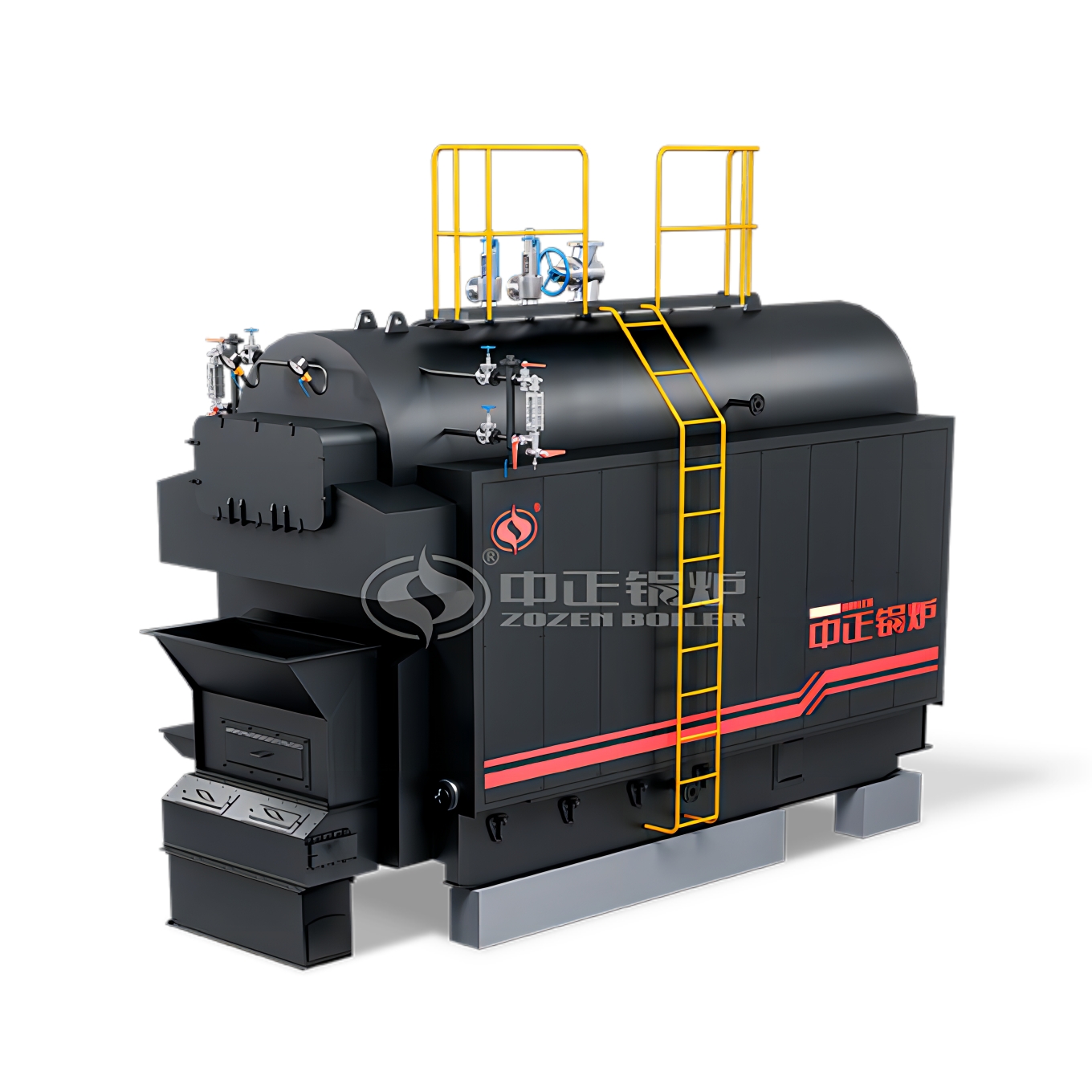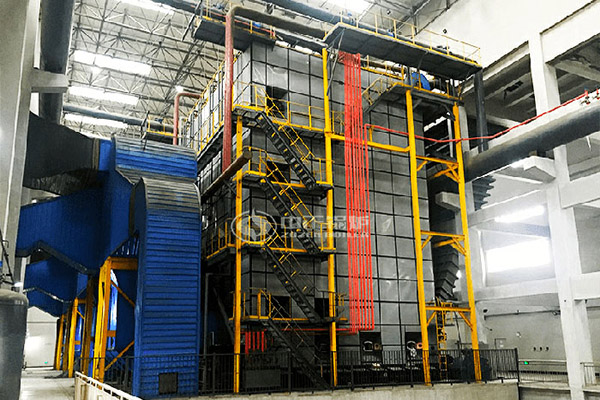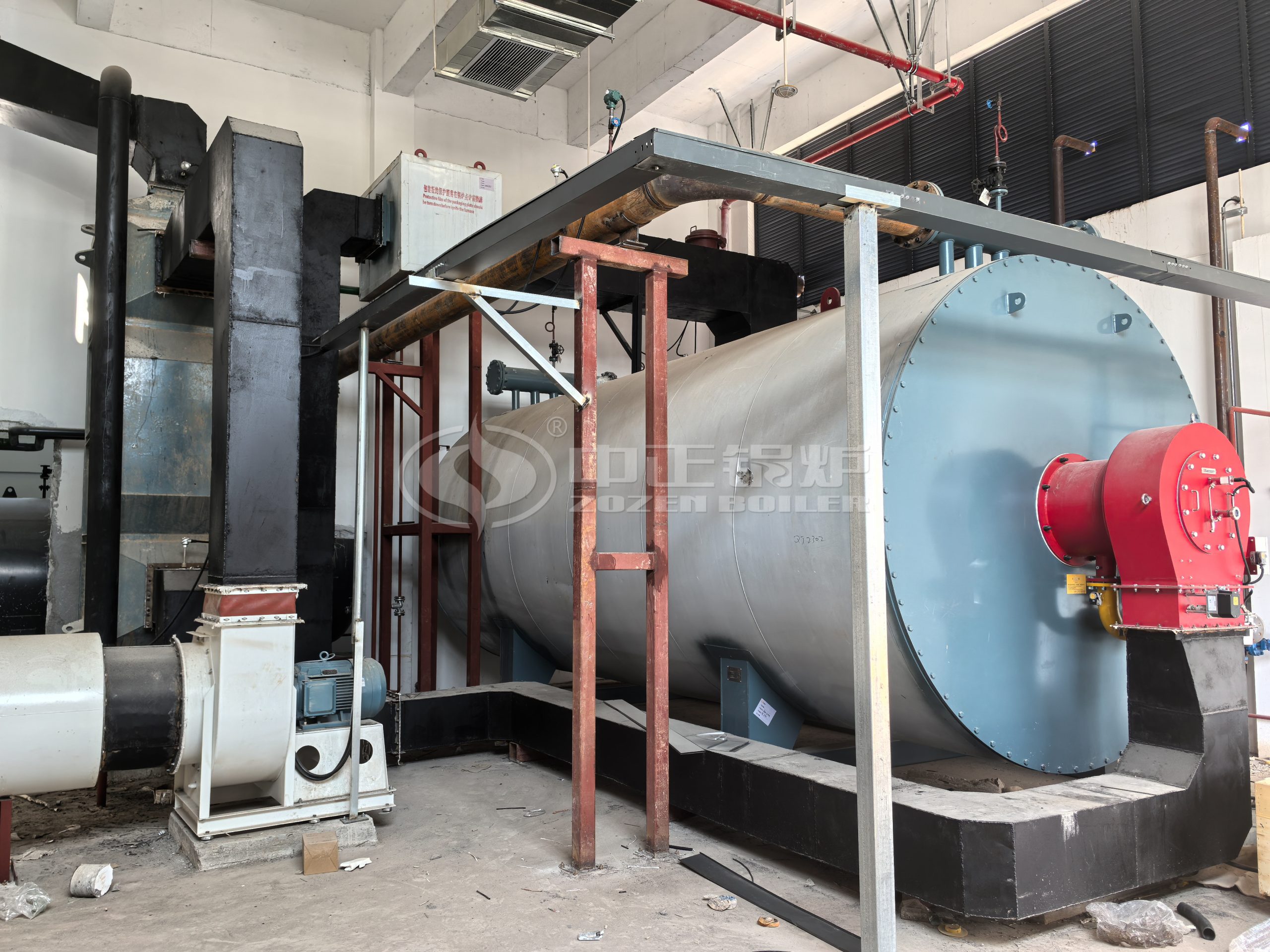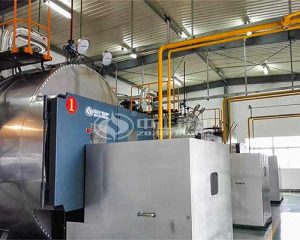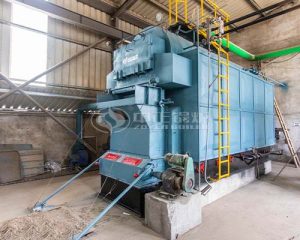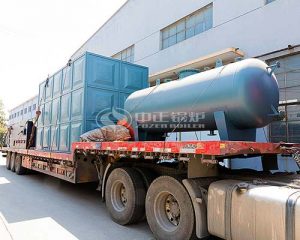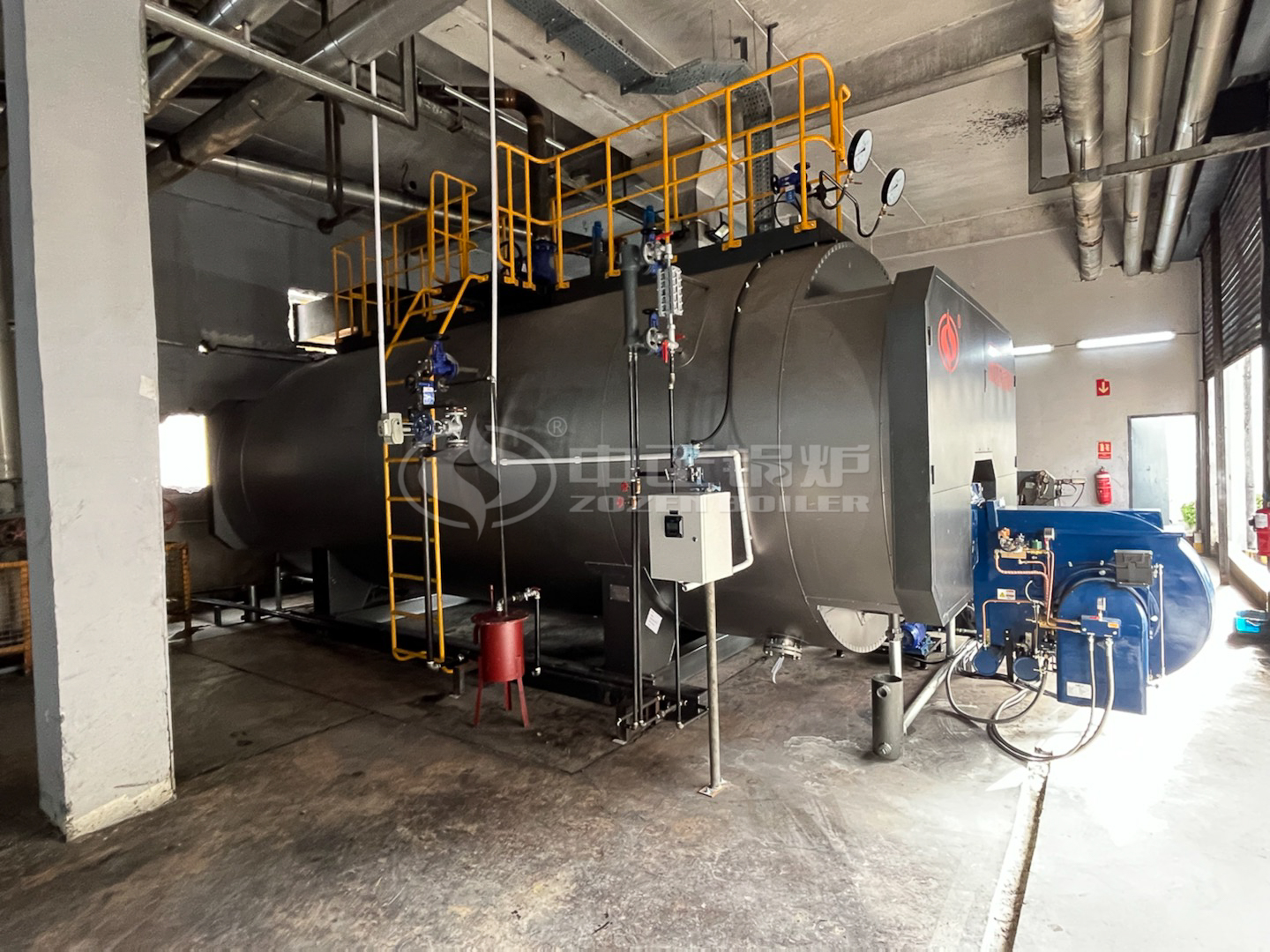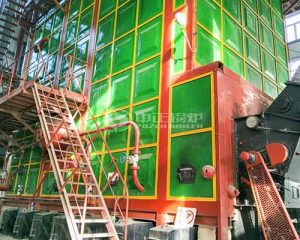The efficiency of a coal-fired boilers depends on the losses of the boiler, and the boiler efficiency can be best achieved if the losses are kept to a minimum. Since 50% of the losses depend on fuel and environmental conditions, optimum efficiency can be achieved by properly adjusting the other 50% (mainly carbon losses and dry gas losses).
Factors Affecting Carbon Losses
- Coal rank and quality
- Coal petrographic characteristics
- Carbonaceous shale characteristics and amount
- Presence of low melting point inorganic matter in coal ash
- Residence time available for combustion in the furnace
- Type and quantity of burners
- Type of grinding system and primary air control system
- Coal pulverization fineness – percentage of coarse particles
- Ratio of primary air to secondary air
- Excess air in and air distribution to burners/furnace
- Burner tilt (if provided)
The factors that have the greatest influence on carbon losses are boiler type, volatile content of coal, furnace heat load (heat input/furnace volume), mass fraction of pulverized coal less than 75 mm and excess air
Factors Affecting Dry Gas Losses
- Maintain optimum excess air level, typically about 20% in coal-fired boilers
- Adjusting the coal combustion to optimum conditions
- Understanding the coal being burned
- Proper distribution of primary, secondary and tertiary combustion air
- Maintain required coal fineness at about 75% through 200 mesh and below 2% on a 50 mesh sieve
- Maintain maximum mill exit temperature to minimize air bypassing the air preheater
- Blowing soot across the heat transfer surface at optimum frequency
- Minimize air leakage into the boiler
Dry air losses are also influenced by the feedwater inlet temperature of the coal economizer and the ambient air temperature, thus changing the heat recovery of the economizer and air preheater
